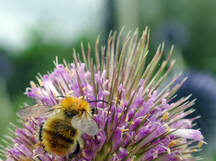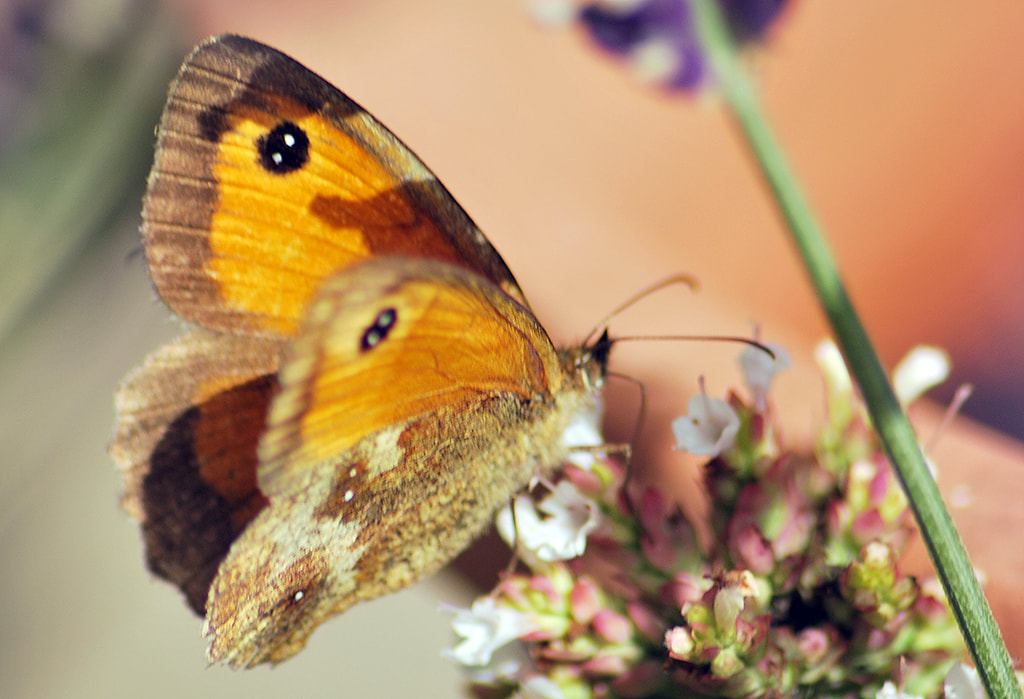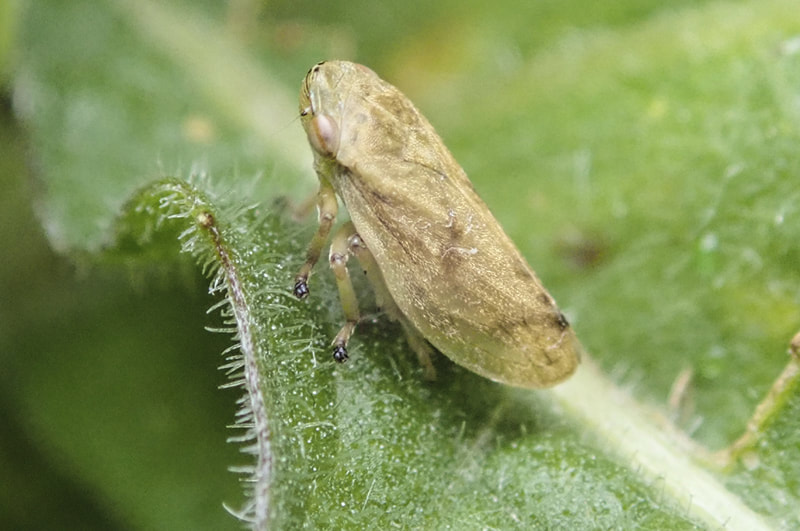Nature at home: Record the nature around you

As the spread of the Coronavirus has restricted the movement of thousands of people who would normally take regular trips to enjoy wildlife, and many more people are having to find rewarding and stimulating activities to do at home, organisations are developing schemes for people to join in with to register their sightings. Apart from being a fun and rewarding activity, identifying and recording nature at people's homes is also helping wildlife organisations build the picture of the spread of the UK's wildlife.
The lists below are of online schemes, giving people the opportunity to be a part of a national effort to record more wildlife.
The list to the left are of local schemes, focussing on a specific area and run by LERCs. The list on the right are national ones schemes being run by national organisations.
You can find out the area each LERC covers, and find your LERC, using the interactive map.
The lists below are of online schemes, giving people the opportunity to be a part of a national effort to record more wildlife.
The list to the left are of local schemes, focussing on a specific area and run by LERCs. The list on the right are national ones schemes being run by national organisations.
You can find out the area each LERC covers, and find your LERC, using the interactive map.
Local SchemesWhere?
South West Scotland What? Wildlife at Home Challenge How? Through South West Scotland Environmental Information Centre Where?
Greater Manchester What? GMLRC Citizen Science Garden Lockdown Survey With so many additional hours being spent observing garden wildlife now is a great time to launch our shared Garden Wildlife Survey form. We will provide weekly updates on the key sightings from gardens and local greenspaces across Greater Manchester. How? Through the Greater Manchester LRC recording form Where?
Wales and Bristol What? NatureNeighbours Join in the fun and pop out to see what’s in your local patch, sharing your sightings via Twitter and/or Facebook. How? Through Twitter and Facebook using the #NatureNeighbours tag. Where?
Birmingham and Black Country What? Lockdown League Record your garden wildlife and see how your area compares against other local areas in our Birmingham and the Black Country #LockdownLeague. How? Using iNaturalist, via EcoRecord Where?
Cheshire, Halton, Warrington and Wirral What? My Patch Campaign Explore your garden and appreciate the amazing diversity of wildlife found there. We’re aiming to gain an insight into the species found across Cheshire’s garden habitats and would love you to join us through recording the wildlife you see in ‘Your Patch’. How? More information on the RECORD website and on facebook and Twitter (@recordlrc) using #MyPatch and we’ve got an iNaturalist page too. Where?
Northamptonshire What? Look out for... ...certain species, that are often seen in and around homes, such as badgers, bee-flies and swifts. How? Through Northamptonshire Biodiversity Records Centre. Where?
Southeast Wales What? Garden Bingo Each month SEWBReC asks recorders to look for a particular under recorded species in our "Species Of The Month" initiative. We have now curated these species into bingo cards. See if you can find all the species. How? Through South East Wales Biodiversity Records Centre. Where?
North East England What? The City Nature Challenge CNC2020 is a global bioblitz competition to get the most people recording, the most records and the highest number of different species recorded across one weekend in April. This year, with many countries under COVID-19 restrictions, the challenge is focussed on exploring the wildlife on your doorstep. How? Through Environmental Records Information Centre North East. Where?
North East England What? The North East Bee Hunt Recording of 5 species of Bee that are under-recorded in North East England How? Through Environmental Records Information Centre North East. Where?
Berkshire and Oxfordshire What? Lockdown Challenge on iRecord In these hard times many people are finding solace in nature, whether within your garden or on your daily walk/run/bike ride, we'd love to know what you've seen! We've set up an iRecord activity for anyone who wants to join and have some fun! It isn’t restricted to Berkshire and Oxfordshire, so anyone is welcome to join. How? Through iRecord via Thames Valley Environmental Records Centre. Where?
Berkshire and Oxfordshire What? TVERC Photo Challenge What fantastic wildlife are you seeing out in April?? Post your photo on Facebook, Instagram or Twitter with #TVERCphotochallenge for a chance to be our Star Photographer of the Month and have your photo featured on our website!!. How? Through Thames Valley Environmental Records Centre on social media as above and email. Where?
London What? Zooniverse and Garden Challenge Share your garden and local patch sightings via our online form and these get shared weekly on Twitter. Or you can help digitise bird count cards for London to help build up the picture of historic bird distributions. How? Send us your current wildlife sightings here and look out for the summary on Twitter using the #GiGLGardenChallenge tag. Digitise old records on Zooniverse here. |
National SchemesWhat?
Garden Birdwatch Participate free for a year in a great citizen science project by watching the wildlife outside your window. Contribute to our understanding of Britain’s birds and get more pleasure from your garden today. How? Through the British Trust for Ornithology What?
Garden Wildflower Hunt Tell us about the wildflowers ("weeds"?) in your garden, on your balcony, in that planter by your front door. How? Through the Botanical Society for Britain and Ireland What?
Garden Butterfly Survey The Garden Butterfly Survey allows you to record and report the butterflies that visit your garden over the course of a year. How? Through Butterfly Conservation What?
Butterflies for the New Millennium The BNM project collates casual butterfly sightings. To find out more and to submit your casual records to contribute to our knowledge of butterfly distributions please visit the Butterfly Conservation website. How? Through Butterfly Conservation What?
National Moth Recording Scheme The NMRS collates casual moth records. To find out more and submit your sightings to contribute to our knowledge of moth distributions please visit the Butterfly Conservation website. How? Through Butterfly Conservation What?
Garden Dragon Watch Garden Dragon Watch is ARC’s new online garden reptile and amphibian survey. Our gardens can be oases for reptiles and amphibians and that’s important when so many places that were once good for wildlife have disappeared. But just how many people are lucky enough to see frogs, toads, newts, lizards or snakes in their gardens? And how many gardens have habitat features that help amphibians and reptiles survive? Your help in needed. How? Through Amphibian and Reptile Conservation What?
Spittlebug Survey 2020 Did you know that the ‘cuckoo-spit’ that you see in spring is produced by the immature stage (nymph) of a spittlebug or froghopper? It is thought that the spittle is produced to protect the nymphs from drying out and from their predators. Once the nymphs emerge as adults, usually in late June, they leave their spittle ‘nest’ behind and become free flying. Help the University of Sussex learn more about these unusual garden creatures. How? Find out more here. |


